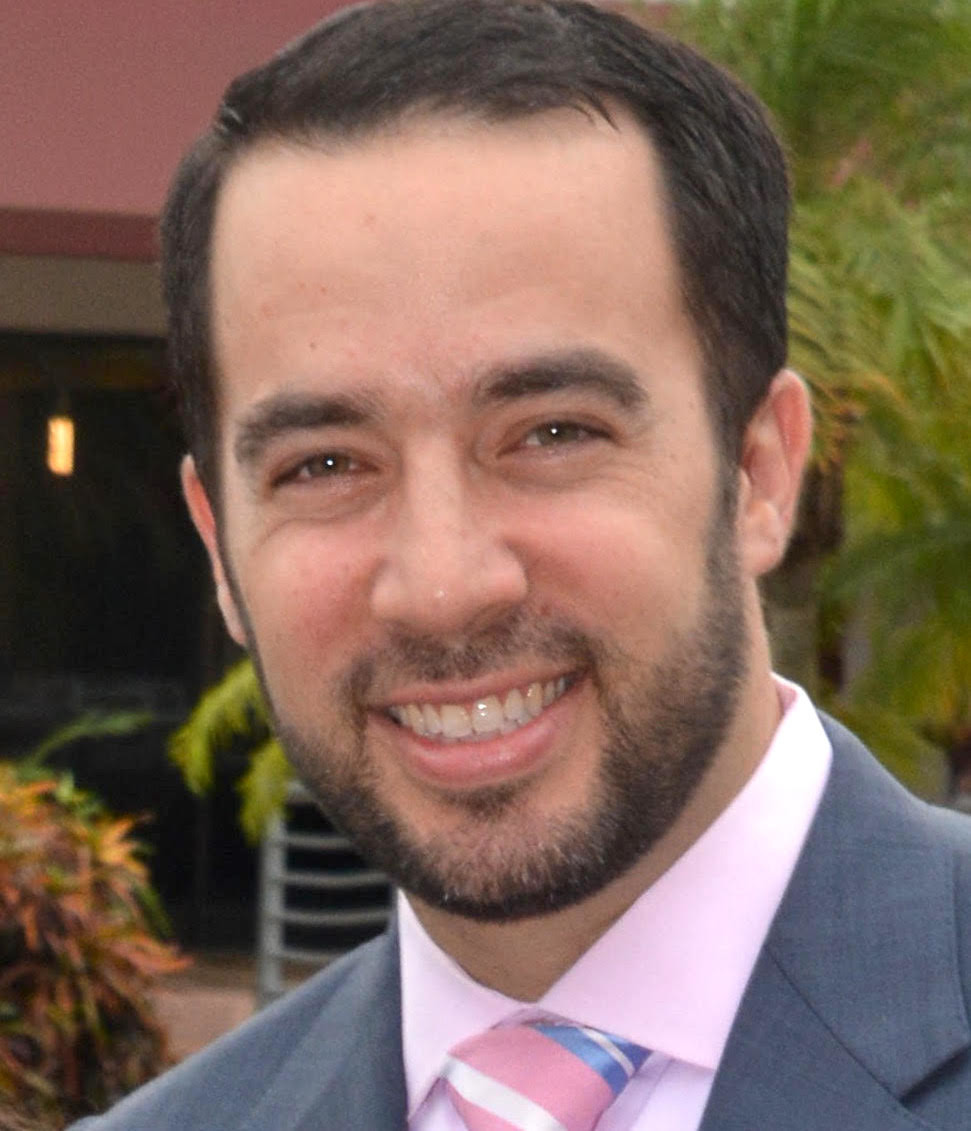Getting it right: Human development in 2 worlds
Due to their not (yet) having been translated by the Jewish publishing houses, much of the midrashic library is a treasure-trove of untouched gemstone mines. It is particularly fertile ground for rabbis to utilize in homiletical discourses, because not all midrash is meant to be understood literally. Frankly, much of midrash cannot be understood literally — an essential point to bear in mind before exploring any midrashic passage.
It is fascinating to read through certain midrashim — and doing so without the crutch of a translation leaves the midrash open to interpretation.
Parshat Tazria opens with the laws and practices surrounding giving birth and the aftermath of a boy’s or a girl’s arrival, vis-à-vis the baby’s mother’s responsibilities. The Yalkut Shimoni on Tazria 547 recounts a debate between Beit Shammai and Beit Hillel in which they differ over how the fetus develops versus how a parallel development takes place in the World to Come.
Beit Shammai says, “In this world, the flesh and skin develops first, followed by the sinews and bones. In the World to Come, the sinews and bones develop first, and the completion is the development of skin and flesh.” He proves this analysis from Yechezkel’s depiction of the Dry Bones coming to life (37:8).
On the other hand, Beit Hillel thinks the two developments pan out in the same ways. “In this world the skin and flesh develops first, and [the body] is completed with the sinews and bones. In the future as well, development will begin with skin and flesh and will be completed with the sinews and bones.” He proves his analysis from a comment made by Iyov in Iyov 10:9-11.
What are they talking about?
Unlike questions of a halakhic nature, I don’t believe the conclusion to this difference of opinion is particularly important. But the debate does give us pause to consider how people develop — not only physically, but also spiritually.
Bones and cartilage begin developing in the fetus two months into a pregnancy, long after the (somewhat) human shape has formed its skin. This is a fact that everyone, even Beit Shammai and Beit Hillel, can take for granted and cannot argue otherwise.
Aside from the physical reality, the message of human development would seem to suggest that the vessel is created first, and then the human has the opportunity to develop what shape or form the vessel will take.
Please read the following descriptive words with their multiple meanings intended: Will the person be tall and straight or bent and crooked? Will the mind be full or empty? Will the vessel be growth-oriented to reach great potential or will it be sedentary and take the shape of the couch it sits on its entire life? These are questions we can all appreciate.
But what about the end of life? What will be in the future, or in the World to Come?
Many rabbinic figures of the past have weighed in on what the World to Come means and what it will be like for all of us on some “other side.” I am not interested in entering that conversation, because I am comfortable saying that I honestly have no idea. But Beit Shammai and Beit Hillel, in this minor debate, shared with their opinions.
If some version of the World to Come refers to a resurrection of the dead, with former bodies somehow being reformed from DNA, then their debate in the physical realm of how bodies will be recreated speaks for itself.
But if the reality they speak of is a spiritual development, I think there is no harm in suggesting that the two approaches will both be influenced by how a person leads and lives life in this world.
According to Beit Shammai, the bones and sinews will develop first. This would indicate that the form or shape that a person created in life will inform the person’s reformulation in the World to Come. In Beit Hillel’s approach, on the other hand, one’s “rebirth” is exactly as was one’s original birth. In other words, one gets a new slate, just as each person had the first time around.
There is no question that both Beit Hillel and Beit Shammai would advocate living life to one’s full potential — an honest, ethical, and morally upright existence. Their sons and daughters married one another because they respected each other greatly (Yevamot 14b). In a different realm, they also discussed the merits of living versus never having been born and concluded that now that we are born, we must constantly review, and presumably improve, our deeds (Eruvin 13b).
But both approaches to the World to Come provide insight as to the long-term merits of one’s ethical existence. Beit Shammai would seem to leave little room for error, while Beit Hillel would seem to leave open the possibility that no one is perfect, and every one of us will have the chance to try again to “get it right” in a world-to-come existence.
May we merit to get it right the first time, with no regrets.
Rabbi Avi Billet, originally from the Five Towns, is a mohel and the spiritual leader of Anshei Chesed Congregation in Boynton Beach. A version of this column was previously published.







